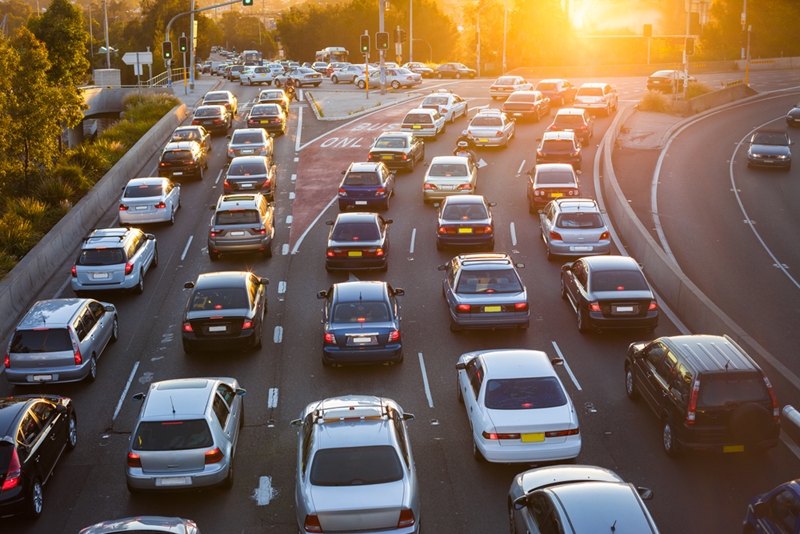
The vehicle identification number (VIN) is composed of 17 characters (digits and capital letters) that act as a unique identifier for the vehicle. A VIN displays the car's unique features, specifications and manufacturer.
The VIN can be found in a couple of places including on the car's registration label (1), on the compliance plate in the engine bay (2) or on the passenger side windshield (3), or on one of the door posts (where the door latches when it is closed) (4). See the image below:
What safety features have you become accustomed to in your latest car? It might be the reverse parking sensors and camera, or on some of the most modern vehicles, autonomous parking assist. But what features have overtaken our lives that we can no longer live without? And, more importantly, what ones shouldn't we live without?
Driving can be dangerous - in the 12 months to February 2017, there were 1,256 road deaths around the country1. Of course, safety features can't necessarily save every life on the roads, but they can certainly help. Things like airbags, blind-spot monitoring and lane keeping assist can all make a major difference to driving safely2.
So, what are the most important safety features you can have in your next used car?
1. As many airbags as you can find
Airbags save lives. It's as simple as that.
Airbags save lives. It's as simple as that. They act as a pillow against glass and hard surfaces inside the car during a collision, so if you hit an object, you might be saved from serious injury and being thrown around the car.
The more airbags installed in a car from the manufacturer, the safer it will be in a collision2. The safer it is in a collision, the greater the chance you and your passengers will be safe as well. Airbags today cover areas such as your head, chest, feet and knees, as well as all of the glass around the car. When glass breaks, you don't want it to be flying around your car, causing damage to your body or even eyes. An airbag will protect you from this, limiting the damage that a crash causes.
2. Autonomous emergency braking
Emergency braking is a recent addition to cars, but it's becoming more and more important. It's an advanced system that reads the road ahead of you and identifies potential hazards2. If these get in the way or move so they're closer to your vehicle, the braking system will activate and slow your car down, or bring it to a stop.

This way, there's far less chance that you'll have a crash because the car will stop before you get into that position.
Some cars have a system that only fully engages at low speed, while others will only alert you to a potential danger2. If the driver doesn't do anything to avoid the potential danger, the brakes will engage automatically2. If you find yourself constantly distracted behind the wheel, you need to make more of an effort to focus on the road. However, features such as this could completely change road safety when they become ubiquitous over time.
3. Adaptive cruise control
It reads the road ahead when you activate cruise control, looking for obstacles or changes in speed.
Adaptive cruise control works in a similar way to emergency braking systems. It reads the road ahead when you activate cruise control, looking for obstacles or changes in speeds of the vehicles around you2. For example, if you're following a car on the highway going 100 kph, and you have cruise control activated at 102 kph, eventually you'll catch up to them. If you don't recognise this, or you look away for a split second and the situation on the road changes, you could crash into their rear.
However, if you have adaptive cruise control, it will register that your car is moving faster than the one ahead of you, and slow you down automatically. This can prevent collisions and keep you tracking along at a safe following distance.
To make sure your next used car has a clean history, and to ensure it has enough of the right safety features, get in touch with CarHistory today.
1. Department of Infrastructure and Regional Development. Road deaths Australia. Accessed April 2017.
2. CarAdvice. Safety features and considerations you can no longer ignore. Accessed April 2017.